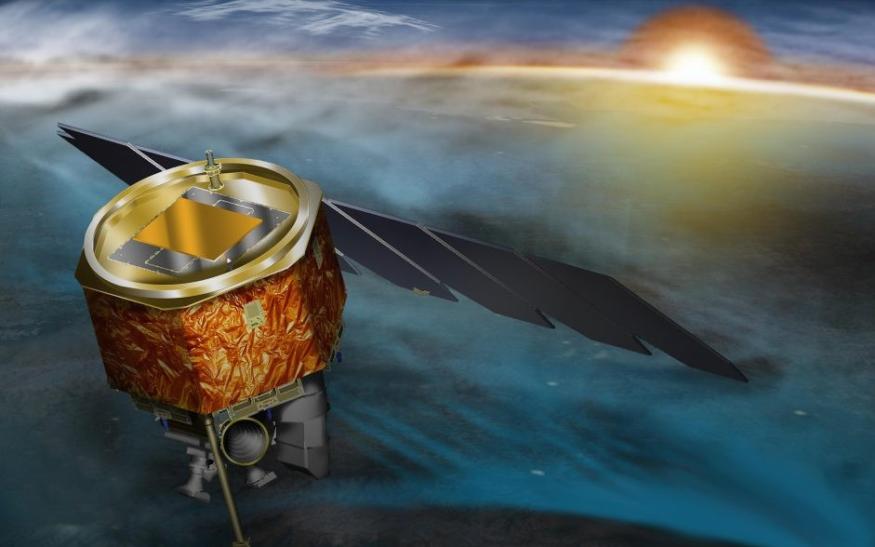
NASA's AIM spacecraft retires after 15 years of studying nightshining clouds
NASA's Aeronomy of Ice in the Mesosphere (AIM) spacecraft has recently retired after a successful 15-year mission to study noctilucent clouds, also known as nightshining clouds, in Earth's atmosphere. AIM was launched in 2007, and since then, it has been capturing valuable data and images of the clouds that form 50 miles above the surface of our planet.
What are noctilucent clouds? Noctilucent clouds are a rare and elusive type of cloud that form in the mesosphere, the layer of the atmosphere above the stratosphere. These clouds are made up of ice crystals and are only visible during the summer months in the polar regions. They can be seen as glowing clouds that are visible in the night sky, hence the name "nightshining clouds."
Also Read:
- Fiio M15s Lossless Music Player: The Ultimate Audiophile Experience
- Overwatch 2: New Features and Collaborations on the Horizon
How did AIM study these clouds? The AIM spacecraft was equipped with three different instruments that allowed it to study noctilucent clouds in detail. The first instrument, called the Solar Occultation for Ice Experiment (SOFIE), measured the amount of water vapor and other gases present in the mesosphere. The second instrument, the Cloud Imaging and Particle Size (CIPS) experiment, captured high-resolution images of the clouds. Lastly, the Cosmic Dust Experiment (CDE) studied the tiny particles that enter the mesosphere from space and how they interact with the clouds.
What did AIM discover about noctilucent clouds? The data collected by AIM has provided scientists with a better understanding of noctilucent clouds and their relationship to climate change. For instance, researchers have found that the clouds are becoming more frequent and brighter, which could be a sign of climate change. The study of noctilucent clouds has also helped researchers better understand how water vapor moves through the atmosphere, which could help with weather forecasting.
Why did AIM retire? After 15 years in space, AIM's fuel supply had been depleted, and it was no longer able to maintain a stable orbit. NASA engineers tried to restore contact with the spacecraft, but unfortunately, their efforts were unsuccessful. AIM is now considered to be a "zombie" spacecraft, meaning that it is still orbiting Earth but is no longer functional.
What's next for the study of noctilucent clouds? Although AIM is no longer operational, there are still other missions that will continue to study noctilucent clouds. For example, the European Space Agency's Atmospheric Limb Tracker for Investigation of the Upcoming Stratosphere (ALTIUS) mission is set to launch in 2023 and will also study noctilucent clouds. The continued study of these clouds is important for understanding the Earth's atmosphere and how it is changing over time.
Read More:
- Anker's Latest Speaker and Projector Deals on Amazon
- OpenAI's ChatGPT Faces Outage: Users Scramble for Alternatives
That's it for this article.
Thanks for Visiting Us – fixyanet.com


0 Comments